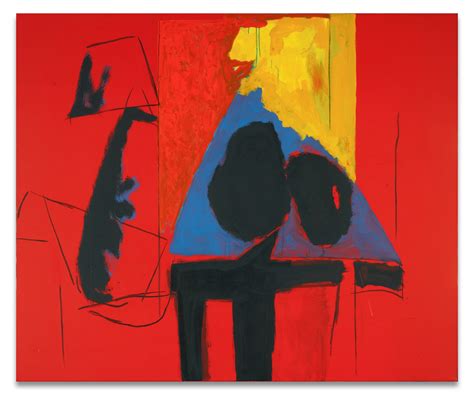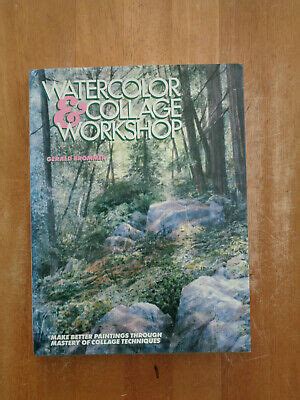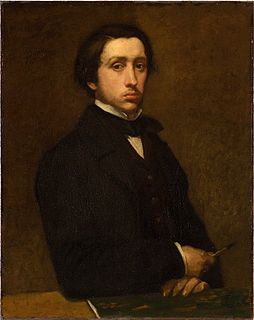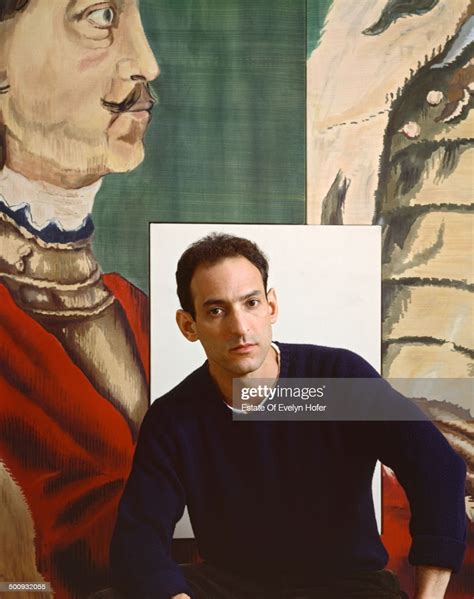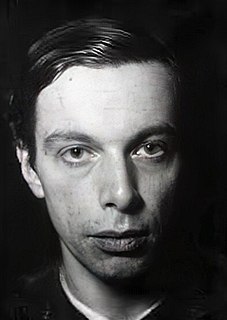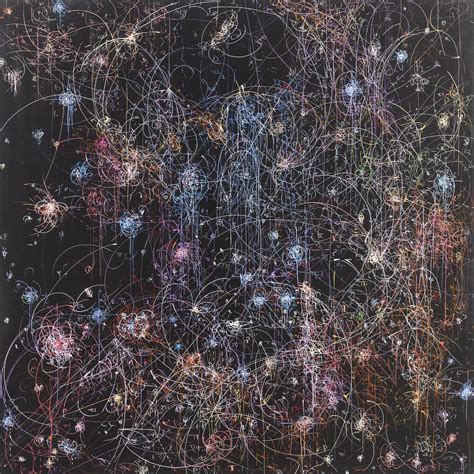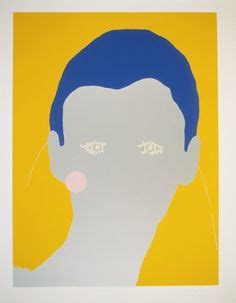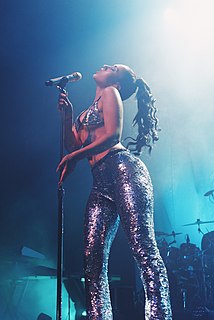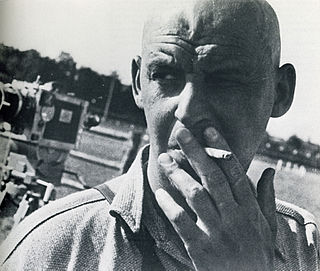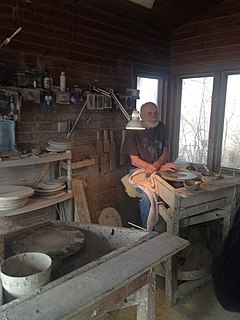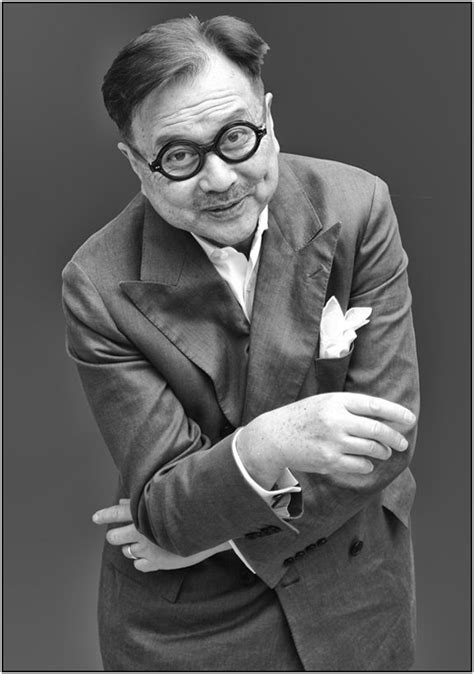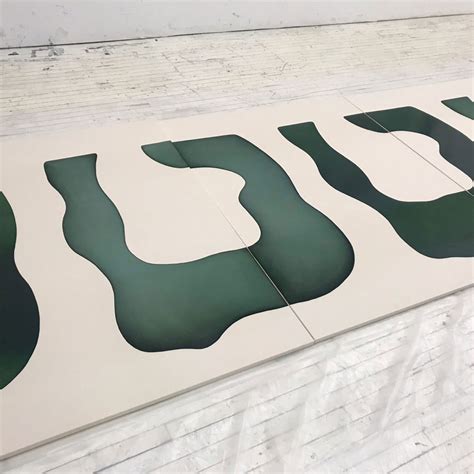Цитата Роберта Мазервелла
В гравюре я, по сути, использую тот же процесс, что и в живописи, за одним важным исключением… чтобы попытаться с чувствительностью к среде подчеркнуть, что печать может сделать лучше всего… лучше, чем, скажем, живопись, коллаж, акварель, рисунок или что-то еще …В остальном художник выражает в графике то же видение, что и в других своих работах.
Связанные цитаты
Я думаю, что хорошая картина или хорошее произведение искусства делают много вещей, которых хотят, я имею в виду, может быть, 15, или 20, или 100. Одна из вещей, которую делает картина, - это украшать комнату. Он улучшает стену, на которой стоит. Что намного сложнее, чем кажется. И это хорошо. И если кто-то занимается картиной на таком уровне, это прекрасно, это здорово. Через какое-то время знакомство, другие вещи, которые делает картина, другие слои, они просто начинают давать о себе знать.
Я не пытаюсь создать собственную эстетику; Я пытаюсь создать способ понимания вещей через рисование и живопись. Это общая нить. Вещи могут выглядеть по-разному, но это не главное. Важно то, что процесс тот же, идеи те же, я использую те же строительные блоки, но они разные. Более крупная структура такая же; это части, которые меняются. Для меня речь идет об этих разных элементах, но вы все равно соединяете их вместе в предложения, слова, абзацы и рассказы.
После живописи следует скульптура, очень благородное искусство, но такое, которое не требует в исполнении такой же высочайшей изобретательности, как искусство живописи, так как в двух наиболее важных и трудных частностях, в ракурсе и в светотени, для которых живописец должен изобрести процесс, скульптуре помогает природа. Кроме того, скульптура не имитирует цвет, который художник старается настроить так, чтобы тени сопровождали свет.
С опытом кажется возможным в значительной степени контролировать поток краски, и я не использую - я не использую случайность - потому что я отрицаю случайность... это совсем не то, что работа, скажем. , из натюрморта, где вы настраиваете объекты и работаете прямо с ними. У меня есть общее представление о том, чем я занимаюсь и какие будут результаты. Я подхожу к живописи в том же смысле, что и к рисованию, то есть непосредственно.
Мы боремся со станковой живописью не потому, что она есть эстетическая форма живописи, а потому, что она не современна, ибо не успевает выявить техническую сторону, она есть избыточное, исключительное искусство, не могущее принести никакой пользы народу. массы. Поэтому мы боремся не с живописью, а с фотографией, выполненной как офорт, рисунок, картина сепией или акварелью.
